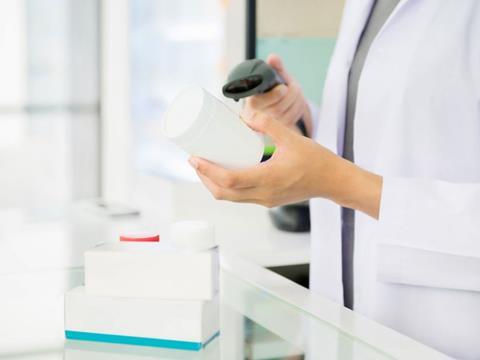
Counterfeit medications can put lives in danger, besides causing financial losses for the manufacturers. This is why companies and legislators around the world are working on solutions to ensure 100% traceability and product protection.
The Internet of Things has given products a second existence in digital databases, in addition to the real world. Codes create a connection between the actual product and saved information. Besides marketing purposes, codes are used mainly to protect against counterfeiting. The pharmaceutical industry is a trail-blazer in this area.
Lead time for implementation runs out soon
At a global level the countries in Europe and the likes of the USA, South Korea, Turkey, Brazil and China have therefore put laws in place to protect the authenticity of medications. From the beginning of February 2019, the Commission Delegated Regulation on the Falsified Medicines Directive will apply in the EU. After that date, manufacturers of prescription medicines and OTC products sold in the EU must not only use tamper-proof seals, but also apply a unique serial number that must be communicated to a Europe-wide database.
This takes the form of 2D barcodes (data matrix codes), which can be used to track the path of each sales unit from the pharmaceutical manufacturer to the consumer. The security code can be applied to the product or packaging in numerous ways, for example by direct printing or using an adhesive label. To choose appropriate labels, a range of materials and printing methods are available, which vary depending on the application and must be selected accordingly. A combination of printer or labelling system and smart inspection and checking systems is essential for the entire serial numbering process.
Verification using software solutions
To implement the new EU Regulation, it is also essential to connect to a higher-level IT system in which the codes are saved. Software firms offer serial numbering products for the purpose, which can be incorporated into the existing hardware infrastructure. These must guarantee that the data can be checked during the serial number printing and packaging stages, and along the entire supply chain.
Pharmaceutical company Hoffmann-La Roche, for example, uses a track-and-trace system to ensure 100% traceability of each individual sales unit on the production line and beyond. During the production stage, the system uses a camera to monitor the correct printing of the codes onto the packaging. If the labelling is defective, the product is rejected and the code is marked in the database as invalid. For checking after delivery, the company uses a Mobile Solutions Framework (OMS), which uses mobile terminals to communicate with the manufacturer’s central track-and-trace system and check the codes.
Pharmaceutical manufacturers can also have recourse to compact complete solutions that combine printing the codes with in-line inspection and labelling. In that way, users can meet all the requirements with a single system. Likewise, pharmaceutical suppliers assume the task of applying serial numbers to packaging material and transmitting the data to the European database.
While these stringent requirements involve a higher level of investment, in the long term the smart packaging features mean that manufacturers benefit from greater transparency in the supply chain and enhanced protection against product piracy.
In addition to individual printing, labelling and packaging solutions, the exhibitors at FachPack also offer state-of-the-art IT systems to implement these highly topical requirements. To help with the design of new production lines, visitors can get an idea of how complete solutions will look, or talk with consulting firms about their future plans.
More info:




















